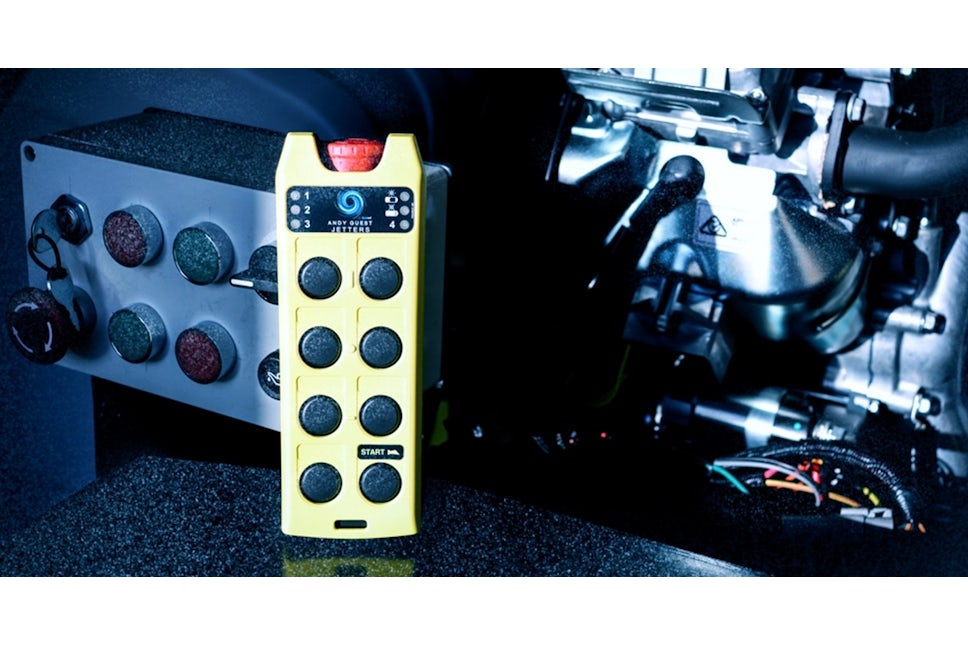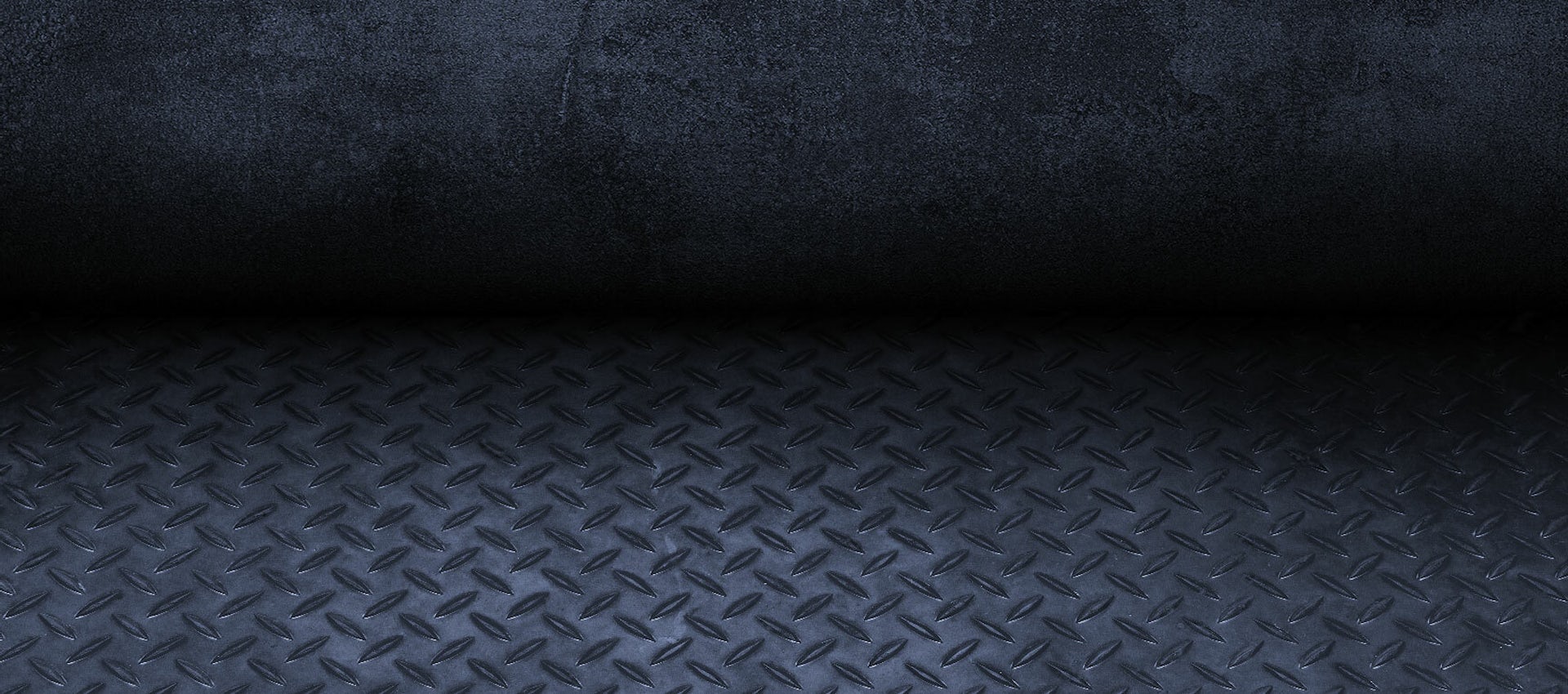- Guides
Tips for Protecting Your Jetting Equipment Against Frost

In very cold or freezing conditions, we can’t stress enough the importance of protecting your equipment against frost. This is particularly true of the high-pressure pump, as frost damage can lead to an expensive repair bill or the need to replace the pump or other parts of the jetter.
As a starting point, ensure you need to remove all the water from the jetter hose every time you finish a job. You should never attempt to run your equipment if you suspect it has frozen, and taking preventative steps is a lot less time-consuming than waiting for your gear to thaw.
Overnight storage is one of the main causes of freezing and many customers install a night heater in their vehicle for use during cold weather. A heater can also be useful when travelling between jobs in cold conditions as water in lines can freeze. If you don’t have a night heater we would recommend storing your equipment in a heated garage or at the very least try to cover the equipment with a blanket.
THE ANTIFREEZE PROCESS
We recommend during cold weather that you either perform the antifreeze procedure at the end of the day when the unit is no longer going to be used or prior to any long journeys.
All Andy Guest equipment is fitted with an anti-freeze valve as standard and we recommend the following procedure should be followed. Many other equipment suppliers fit their units with an anti-freeze valve and the process will be similar, though it is worth consulting your operator’s manual before beginning the ant-freeze process.
Filling
- Make sure the water tank is empty
- Connect the drain hose
- Connect the drain hose and open the drain valve
- Open the high-pressure valve
- Start the machine and switch on the pump
- Keep the pump running until the anti-freeze liquid comes out of the hose
- Switch the machine off
- Connect the coupling to the jetting hose
- Connect this to the filling hoseTurn back the pressure regulator as far back as possible
- Start the machine and pump. Run until the anti-freeze enters the water tank
Emptying
- To empty, switch off the machine, close the drain valve and open the tap to the tank
- Connect the inlet hose to a water source
- Tighten the pressure regulator
- Start the machine, switch on the pump
- Wait until the liquid turns clear
Equipment in constant contact with water is particularly vulnerable to frost and while undertaking the steps needed to protect your machine requires additional time on a working day, it’s a worthwhile exercise to keep you operational even in the harshest weathers.
- Guides








